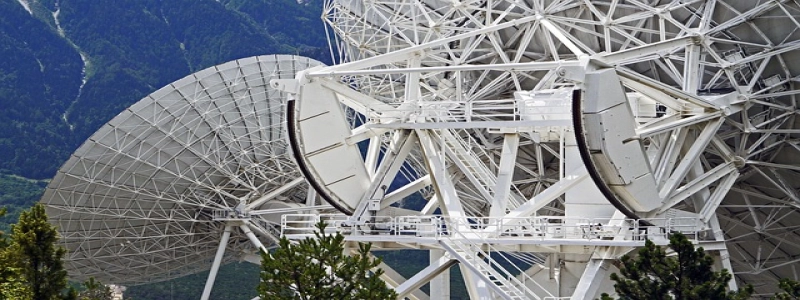Fiber Optic Cable Size
já. Úvod
A. Definition of Fiber Optic Cable
B. Importance of Fiber Optic Cable Size
II. Single-Mode Fiber Optic Cable Size
A. Diameter of Single-Mode Fiber Optic Cable
B. Standard Sizes of Single-Mode Fiber Optic Cable
C. Application of Single-Mode Fiber Optic Cable
III. Multimode Fiber Optic Cable Size
A. Diameter of Multimode Fiber Optic Cable
B. Standard Sizes of Multimode Fiber Optic Cable
C. Application of Multimode Fiber Optic Cable
IV. Factors Affecting Fiber Optic Cable Size
A. Bandwidth Requirements
B. Distance Limitations
C. Installation Environment
PROTI. Considerations for Fiber Optic Cable Size Selection
A. Bandwidth Capacity
B. Installation Flexibility
C. Cost Efficiency
VI. Závěr
já. Úvod
Fiber optic cable is a communication cable that contains one or more optical fibers, which are hair-thin strands of glass or plastic capable of transmitting information in the form of light signals. The size of a fiber optic cable plays a crucial role in determining its performance and compatibility with various applications.
II. Single-Mode Fiber Optic Cable Size
A. The diameter of single-mode fiber optic cable typically ranges between 8 to 10 microns. The smaller size allows for better light transmission over long distances.
B. Standard sizes for single-mode fiber optic cable include 8.3/125, 9/125, and 10/125, where the first number represents the core diameter in microns and the second number represents the cladding diameter in microns.
C. Single-mode fiber optic cables are commonly used in applications that require long-distance, high-bandwidth transmission, such as telecommunications, datová centra, and long-haul networking.
III. Multimode Fiber Optic Cable Size
A. The diameter of multimode fiber optic cable ranges from 50 to 62.5 microns. The larger size allows for multiple modes of light to propagate through the fiber, enabling higher bandwidth but limiting transmission distance.
B. Standard sizes for multimode fiber optic cable include 50/125 and 62.5/125, where the first number represents the core diameter in microns and the second number represents the cladding diameter in microns.
C. Multimode fiber optic cables are commonly used in applications that require shorter-distance, high-bandwidth transmission, such as local area networks (LANs), video surveillance systems, and residential broadband connections.
IV. Factors Affecting Fiber Optic Cable Size
A. Bandwidth Requirements: Different applications have varying bandwidth requirements, which may influence the selection of fiber optic cable size. Higher bandwidths generally require larger core sizes for improved signal transmission.
B. Distance Limitations: The transmission distance plays a crucial role in determining the appropriate fiber optic cable size. Single-mode fiber optic cables are typically preferred for long-distance transmissions due to their smaller size and lower dispersion.
C. Installation Environment: The physical constraints and environmental conditions of the installation site may impact cable size selection. Smaller-sized cables offer greater flexibility and ease of installation in tight spaces or harsh environments.
PROTI. Considerations for Fiber Optic Cable Size Selection
A. Bandwidth Capacity: Assessing the required bandwidth capacity is essential for selecting the appropriate fiber optic cable size. Single-mode cables are ideal for high-capacity, long-distance applications, while multimode cables suffice for shorter-distance requirements.
B. Installation Flexibility: Evaluating the installation environment and physical constraints can help determine the ideal cable size for easy and efficient installation.
C. Cost Efficiency: The cost of fiber optic cables varies depending on their size and other specifications. Selecting the most cost-effective option that meets the required performance can help optimize budget allocation.
VI. Závěr
In conclusion, the size of fiber optic cables is a critical factor in ensuring optimal performance and compatibility with various applications. Understanding the differences between single-mode and multimode fiber optic cables, as well as considering bandwidth requirements, distance limitations, and installation environments, will aid in selecting the appropriate cable size for reliable and efficient communication systems.








